
What if you could explore the effects of various substances without the risks? In our latest research, we’ve taken a groundbreaking approach by using AI to visually represent the emotions and sensations people experience under the influence of different drugs—from common stimulants to potent hallucinogens.
We surveyed 1,000 Americans about their personal experiences with various substances, and, through advanced AI technology, we’ve turned their descriptions into visual representations. These AI-generated images provide an artistic glimpse into the complex emotions tied to drug use, serving as both an educational tool and a conversation starter about responsible consumption and sobriety.
Throughout this article, you’ll encounter these visuals, each offering a new perspective on how substances affect the mind and body.
Key Takeaways
- 41% of people feel relaxed when under the influence of alcohol.
- 42% of people feel excited when under the influence of caffeine.
- 73% of people feel euphoria when under the influence of psilocybin mushrooms.
- 51% of people feel relaxed when under the influence of nicotine.
Depressants
Depressants slow the central nervous system, leading to relaxation and reduced anxiety. This section explores common depressants, their effects on the body and mind, and important considerations for those who use them or are seeking to avoid them.
Alcohol

Our survey revealed a range of primary emotions individuals under the influence of alcohol experience, including:
- Relaxation: 41%
- Drowsiness: 38%
- Confidence: 32%
- Disorientation: 31%
- Joy: 30%
Alcohol, a common depressant, affects individuals in various ways depending on consumption levels. It can induce relaxation in small amounts, but larger quantities often lead to drowsiness, impaired coordination, and compromised judgment.
Experts recommend limiting intake to one drink per hour, staying hydrated, and avoiding consumption on an empty stomach. Individuals are advised to know their limits and avoid situations that may encourage excessive drinking. Those maintaining sobriety are encouraged to engage in alcohol-free social activities and set clear boundaries to support their choice.
Benzodiazepines

Doctors commonly prescribe benzodiazepines for anxiety and sleep disorders. Our survey identified the following top emotions people feel under their influence:
- Relaxation: 31%
- Drowsiness: 31%
- Sedation: 30%
- Numbness: 21%
- Peacefulness: 20%
These sedatives work by enhancing the effect of the neurotransmitter GABA, resulting in calming effects. Abuse can lead to serious consequences like dependence, memory issues, and, in severe cases, respiratory depression.
Medical professionals emphasize the importance of taking benzodiazepines only as prescribed by a doctor. Mixing them with alcohol or other depressants significantly increases the risk of overdose. For those seeking sobriety or alternative treatments, non-pharmacological anxiety management techniques such as therapy, mindfulness, and regular exercise are recommended.
Ketamine
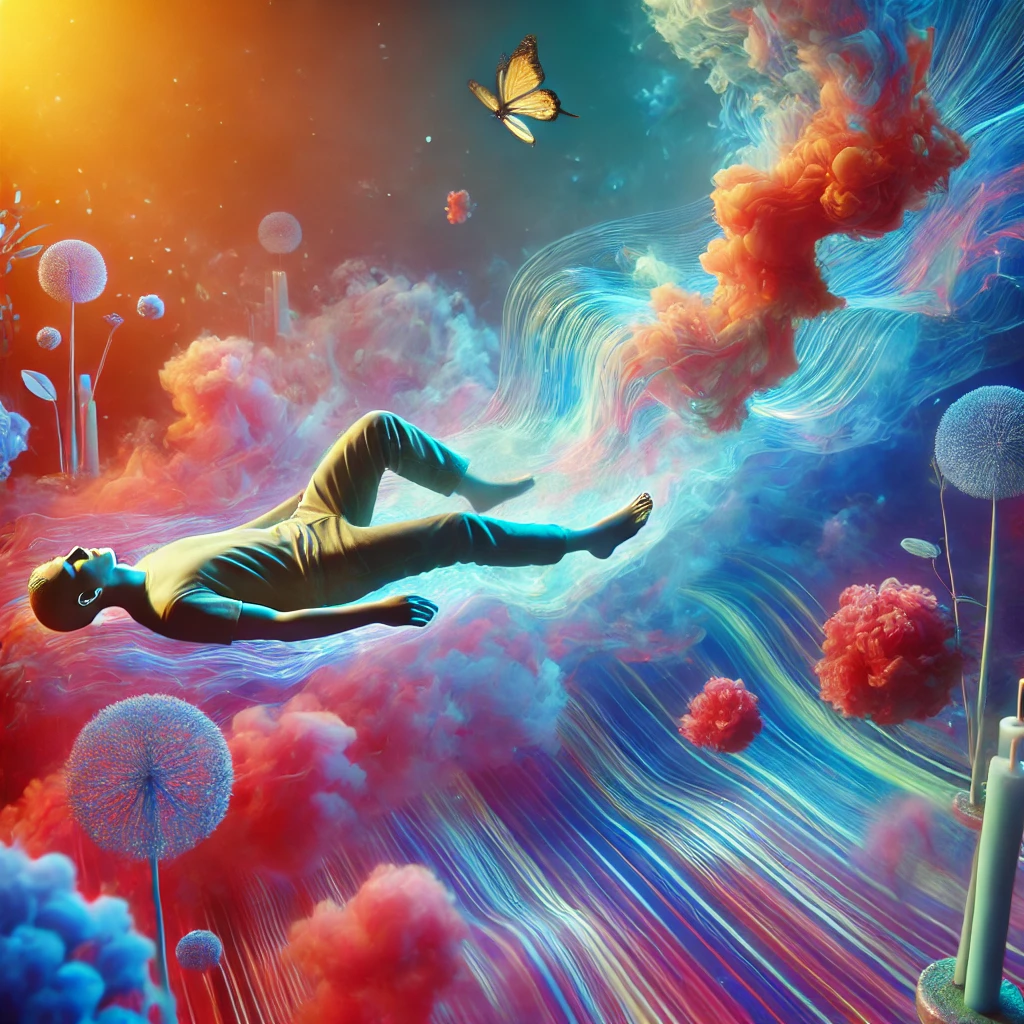
Ketamine, a dissociative anesthetic, produces a complex array of effects on users. Survey respondents pinpointed the following reactions to it:
- Relaxation: 42%
- Sedation: 41%
- Dissociation: 34%
- Peacefulness: 32%
- Euphoria: 29%
This substance can cause hallucinations, altered time perception, and out-of-body experiences. While used medically for anesthesia and pain relief, recreational use carries risks of dangerous psychological effects and potential addiction.
Health professionals strongly advise that ketamine should only be used under medical supervision. Recreational users are urged to prioritize safety by being in a secure environment with trusted individuals and starting with low doses to minimize risks. Those choosing to avoid ketamine are encouraged to explore safer alternatives for relaxation or altered consciousness, such as meditation, to achieve similar mental states without the associated dangers.
Stimulants
Stimulants increase alertness, attention, and energy, often resulting in elevated mood and enhanced cognitive function. In this section, we’ll highlight various stimulants, examining their immediate and long-term effects, as well as guidance for responsible use and abstinence.
Caffeine
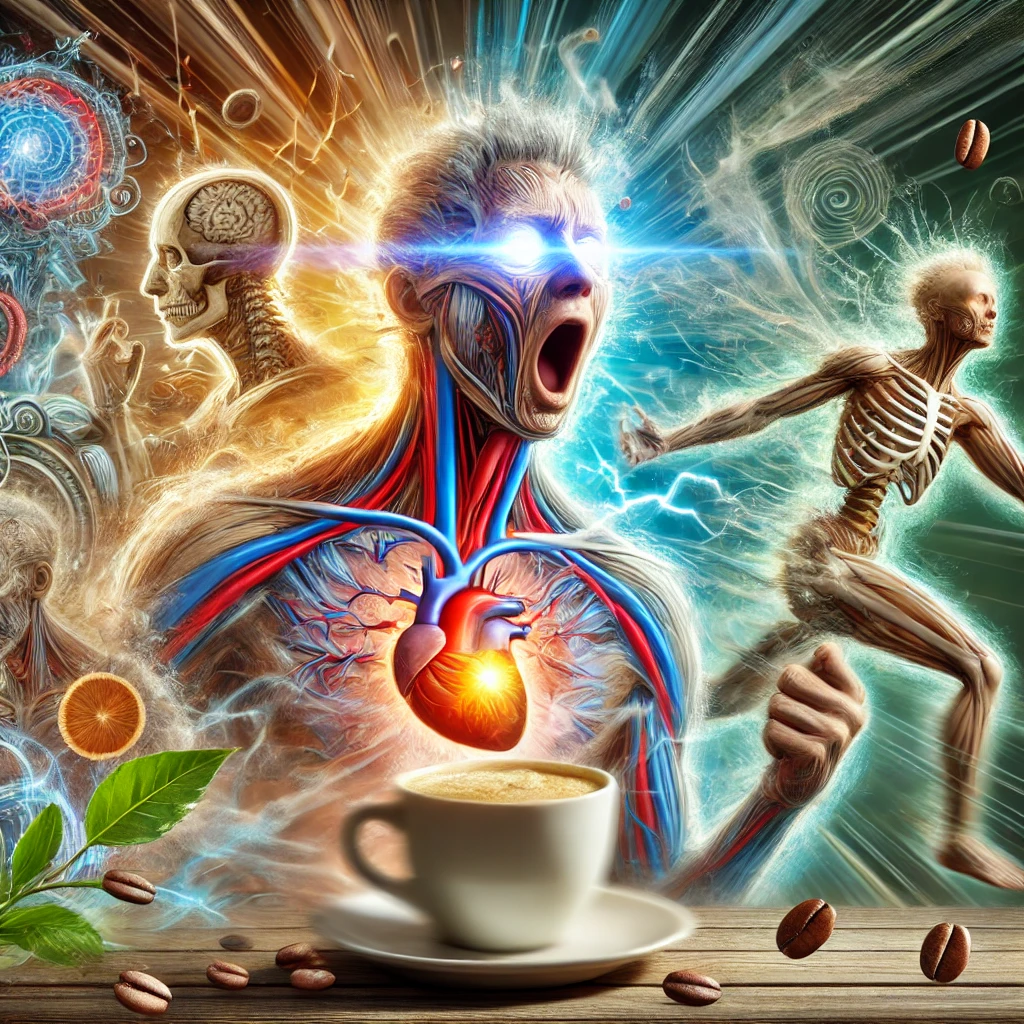
Caffeine, a widely consumed stimulant, increases alertness and can enhance concentration and energy levels. Consuming too much can lead to negative effects such as jitteriness, anxiety, and sleep disturbances. Our survey takers most often experienced these emotions after consuming caffeine:
- Excitement: 42%
- Anxiety: 37%
- Restlessness: 32%
- Confidence: 32%
- Clarity: 30%
Health experts generally consider moderate caffeine consumption safe, recommending a daily limit of 400 mg (equivalent to about four 8-ounce cups of coffee). To minimize sleep disruption, it’s advised to avoid caffeine intake late in the day. For those looking to reduce their caffeine consumption, a gradual decrease is recommended to avoid withdrawal symptoms like headaches and irritability.
Cocaine

Cocaine is a potent stimulant that increases dopamine levels, producing intense euphoria, heightened energy, and increased alertness. However, these effects come with significant risks, including anxiety, paranoia, heart problems, and severe addiction potential.
Through our survey, we identified the following most common emotions experienced under cocaine’s influence:
- Euphoria: 46%
- Excitement: 43%
- Confidence: 39%
- Restlessness: 30%
- Anxiety: 30%
Health experts emphasize the high risks associated with cocaine use and how easily users can lose control. Individuals maintaining sobriety are advised to focus on understanding the fleeting nature of the high, consider the long-term risks, and seek healthier alternatives for managing stress and boosting energy.
Methamphetamine

Methamphetamine, a highly addictive stimulant, causes increased wakefulness, physical activity, and euphoria. Long-term use can result in severe consequences, including dental issues, skin sores, and cognitive decline. According to survey respondents, the top emotions experienced after use were:
- Excitement: 28%
- Anxiety: 24%
- Confidence: 22%
- Regret: 19%
- Shame: 18%
Health professionals stress the significant risks associated with methamphetamine use, particularly its high addiction potential and rapid onset of physical and psychological harm. Those struggling with methamphetamine use are strongly encouraged to seek professional help. For individuals maintaining sobriety, experts recommend engagement in support groups or counseling to resist temptation and prioritizing activities that naturally boost dopamine levels, such as exercise or engaging in hobbies.
Nicotine
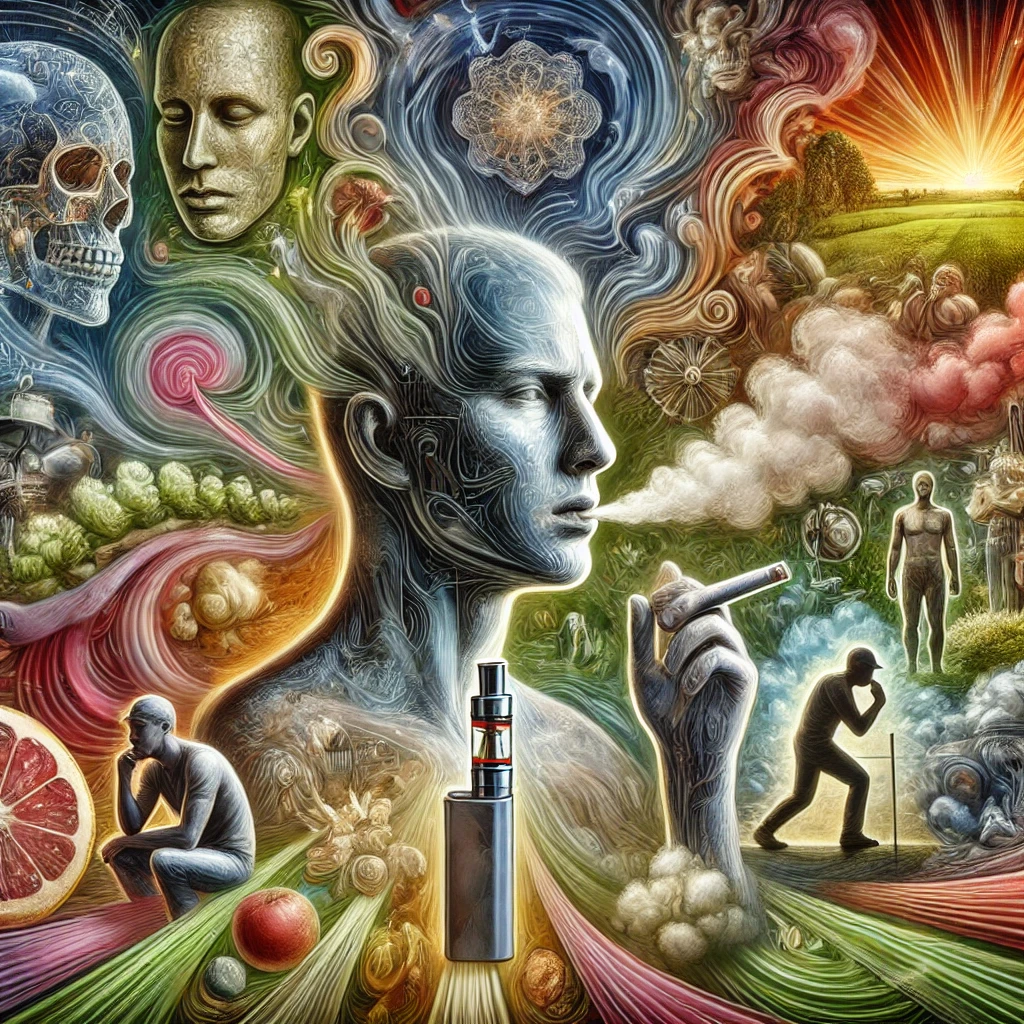
Nicotine, found in tobacco products, is a highly addictive substance that elicits a range of emotional responses from users, including:
- Relaxation: 51%
- Peacefulness: 29%
- Relief: 29%
- Drowsiness: 26%
- Numbness: 25%
While known for its calming effects in small doses, nicotine can cause increased heart rate and blood pressure. Long-term use is associated with serious health risks, including lung cancer and heart disease.
Health experts emphasize that quitting nicotine use, though challenging, is crucial for long-term health. Those trying to quit are advised to consider nicotine replacement therapies or medications to reduce cravings. For individuals who choose to continue using nicotine, health professionals recommend opting for less harmful methods like vaping over traditional cigarettes and avoiding high-frequency use to mitigate risks.
Opioids
Opioids are powerful pain-relieving substances that can produce intense feelings of euphoria and relaxation. This section examines the effects of both illicit and prescription opioids, highlighting their high potential for addiction and providing crucial information for harm reduction and recovery.
Heroin

Heroin, a potent opioid, is a highly addictive substance that provides intense euphoria and pain relief but comes with severe risks. It depresses the central nervous system, potentially leading to fatal respiratory depression in cases of overdose. Heroin users’ most common emotional responses to the drug included:
- Relaxation: 47%
- Excitement: 46%
- Sedation: 42%
- Anxiety: 41%
- Drowsiness: 41%
Health professionals emphasize the extreme dangers associated with heroin use, including high overdose potential and long-term health deterioration. Those struggling with heroin addiction are strongly urged to seek immediate professional help. Experts stress that maintaining sobriety often requires robust support systems and professional intervention.
Oxycodone
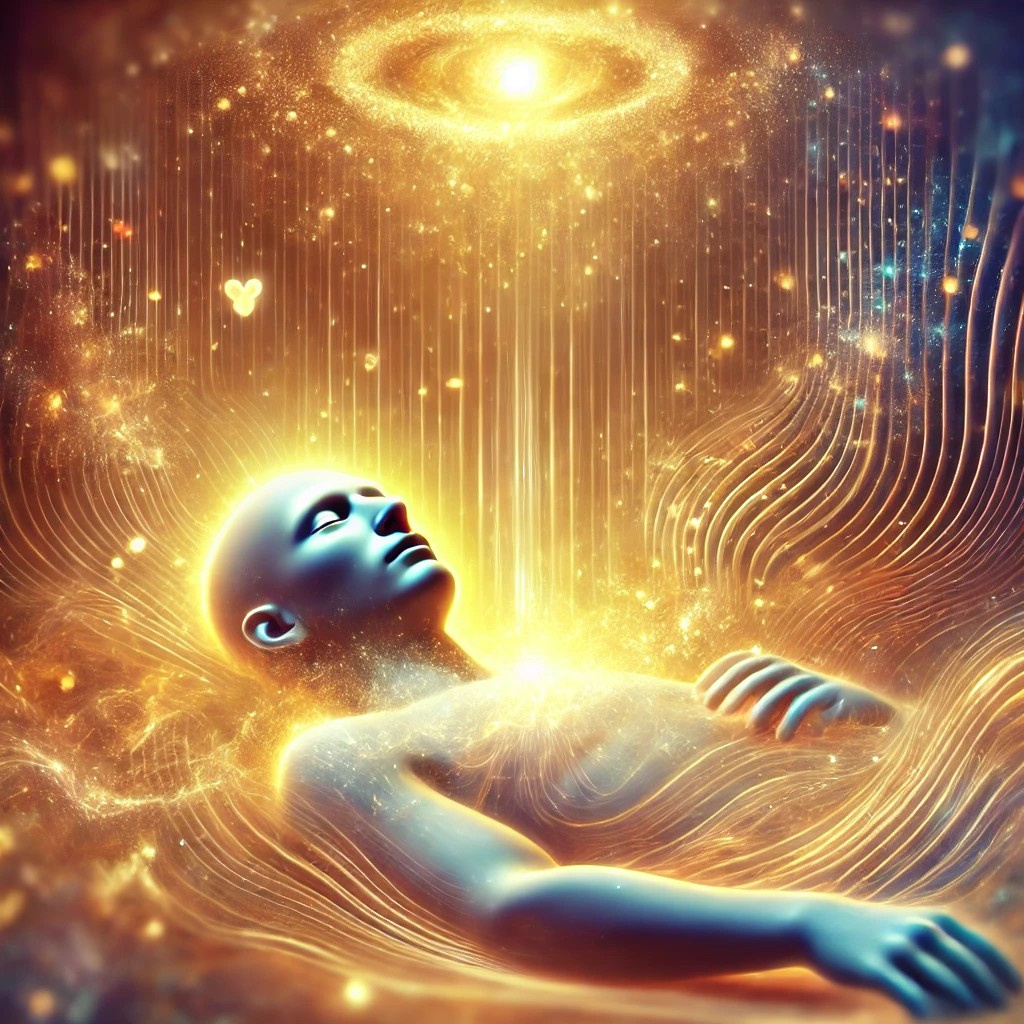
Oxycodone, a prescription opioid used for pain management, can create feelings of euphoria and relaxation but carries a high risk of addiction. Emotions experienced under its influence were as follows:
- Relaxation: 59%
- Drowsiness: 46%
- Relief: 45%
- Sedation: 42%
- Numbness: 30%
Misuse of oxycodone can lead to serious consequences, including respiratory depression and overdose. Medical professionals strongly emphasize the importance of using oxycodone strictly as prescribed by a doctor. Users are also cautioned about its addictive potential and advised to avoid mixing it with alcohol or other depressants.
For those seeking sobriety or alternative pain management, experts recommend exploring non-opioid techniques and encourage seeking professional help if experiencing withdrawal symptoms or cravings.
Hallucinogens/Psychoactives
Hallucinogens and psychoactive substances alter perception, mood, and cognitive processes, often inducing profound experiences. Next, we explore various hallucinogens and psychoactives, their effects on consciousness, and important considerations for those interested in or avoiding these substances
2C-B (Tusi)

Tusi, also known as 2C-B, produces a variety of emotional responses and color associations. This pink powder, often a mixture of MDMA, ketamine, or other substances, has unpredictable effects that can include euphoria, hallucinations, or dissociation.
The variability in its composition makes Tusi particularly dangerous. The survey identified the following primary emotions and colors experienced by users.
Primary emotions:
- Relaxation: 43%
- Euphoria: 39%
- Overwhelm: 36%
- Restlessness: 33%
- Time distortion: 29%
Primary colors associated:
- Green
- Purple
- Blue
- Rainbow
- Yellow
Health experts strongly caution against using Tusi due to its unknown and potentially harmful ingredients. For those who choose to use it, professionals advise starting with an extremely small amount, ensuring a safe environment, and avoiding mixing with other substances. Individuals choosing to avoid Tusi are encouraged to recognize the significant risks associated with using substances of unknown composition and to seek safer, known alternatives for recreation or relaxation.
Cannabis (Edibles)

Cannabis edibles typically provide a delayed but more intense and longer-lasting high compared to smoking cannabis. This delayed onset can lead to overconsumption and potentially unpleasant effects such as extreme anxiety or hallucinations.
According to survey respondents who’ve ingested edibles, they also produce a range of emotional responses and color associations.
Primary emotions:
- Relaxation: 84%
- Euphoria: 81%
- Drowsiness: 78%
- Anxiety: 70%
- Sedation: 51%
Primary colors associated:
- Green
- Purple
- Blue
- Brown
- Rainbow
Health experts strongly advise starting with a very low dose (5 mg or less) and waiting at least 2 hours before consuming more. Users are urged to always check the dosage on packaged edibles. For those choosing to avoid edibles, professionals recommend understanding the delayed onset and potential for intense effects and exploring alternative methods for relaxation and unwinding.
Cannabis (Smoking)

Smoking cannabis can induce relaxation, euphoria, and altered sensory perceptions, but some users may experience anxiety, paranoia, and impaired memory or concentration. The most common emotions from smoking cannabis were:
- Relaxation: 83%
- Relief: 74%
- Drowsiness: 72%
- Euphoria: 69%
- Anxiety: 68%
Respondents also most often associated the following colors with their cannabis use:
- Green
- Purple
- Yellow
- Orange
- Brown
Health professionals advise starting with a small amount, particularly for inexperienced users, and avoiding mixing cannabis with alcohol or other substances. It’s important to know one’s tolerance and consume in a safe environment. For those maintaining sobriety, experts recommend focusing on substance-free stress-relief methods, such as regular exercise or engaging in creative hobbies.
Dimethyltryptamine (DMT)
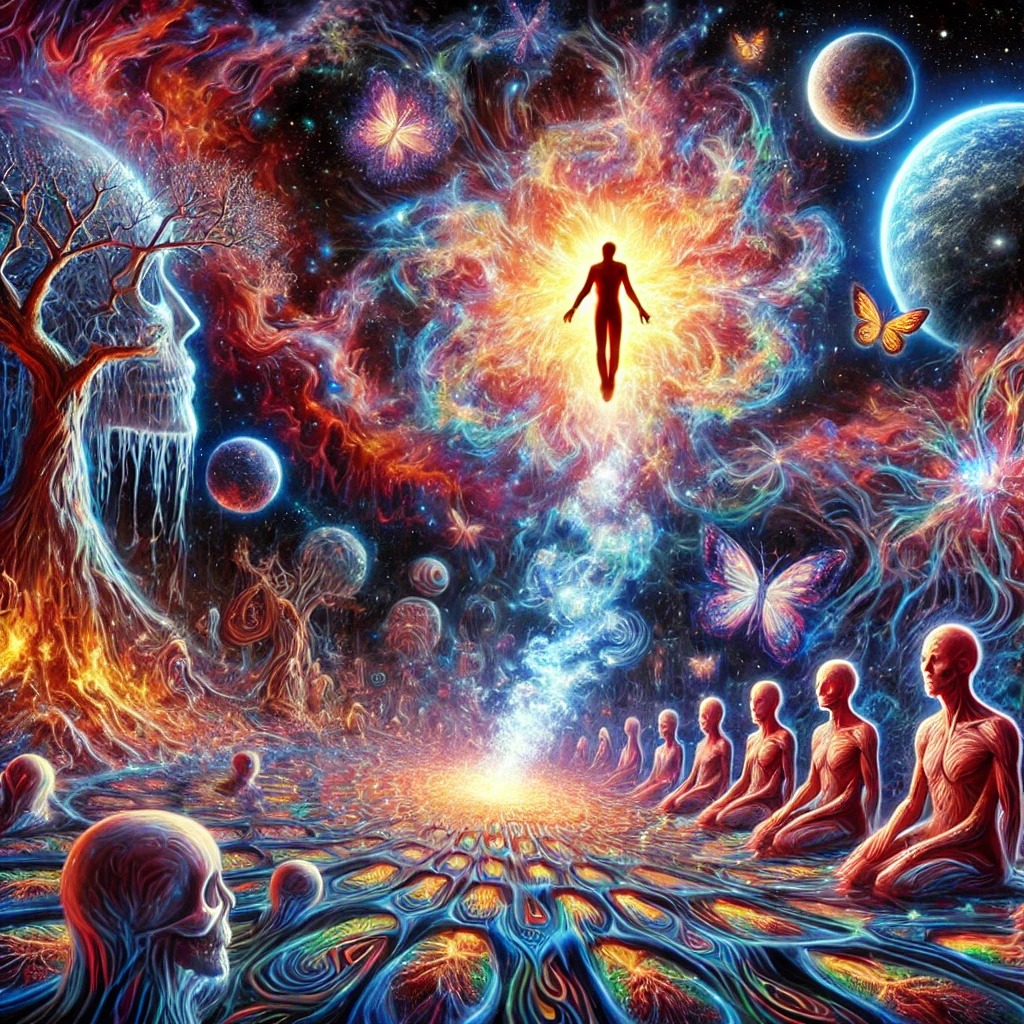
DMT, a potent hallucinogen, produces intense visual and auditory experiences often described as life-changing. Users said they most often see these colors under its influence:
- Purple
- Blue
- Rainbow
- Green
- White
While the effects are short-lived, the emotions DMT elicits can be overwhelmingly intense. The most frequent emotional responses to this powerful substance were:
- Joy: 77%
- Euphoria: 74%
- Relaxation: 71%
- Peacefulness: 71%
- Excitement: 61%
Health professionals strongly advise approaching DMT use with extreme caution due to its potency. For those choosing to avoid DMT, experts recommend exploring safer methods for deep introspection, such as breathwork or spiritual practices, which can offer similar insights without the associated risks.
Lysergic Acid Diethylamide (LSD)

LSD, a powerful hallucinogen, produces a range of emotional and perceptual experiences. This substance causes significant alterations in perception, emotions, and thought processes. While it can lead to profound experiences, some users may experience anxiety and paranoia.
Primary emotions from LSD use:
- Relaxation: 65%
- Euphoria: 62%
- Excitement: 52%
- Anxiety: 52%
- Peacefulness: 48%
Primary colors associated with LSD use:
- Rainbow
- Green
- Purple
- Blue
- Red
Health experts advise using LSD only in a safe, comfortable environment with trusted individuals present. They recommend starting with a low dose and preparing for a potentially long experience lasting up to 12 hours. For those maintaining sobriety, professionals suggest exploring alternative methods of expanding consciousness, such as yoga or mindfulness practices, emphasizing that similar states of awareness can be achieved through natural means.
MDMA (Ecstasy/Molly)

MDMA, also known as Ecstasy or Molly, is a stimulant with hallucinogenic properties. It often causes heightened sensory perception, emotional warmth, and a sense of well-being. But, it can also lead to dehydration, anxiety, and, in rare cases, serotonin syndrome.
Most common emotions experienced by survey respondents after MDMA use:
- Euphoria: 85%
- Love: 80%
- Empathy: 75%
- Joy: 70%
- Tranquility: 65%
Top colors they associated with MDMA experiences:
- Green
- Purple
- Rainbow
- Blue
- White
Health professionals advise MDMA users to stay hydrated but caution against drinking too much water too quickly. Mixing with other substances, especially alcohol, should be avoided. For those maintaining sobriety, experts recommend exploring healthy alternatives to connect with others and experience joy, such as dancing, music, or community activities.
Psilocybin Mushrooms (Shrooms)
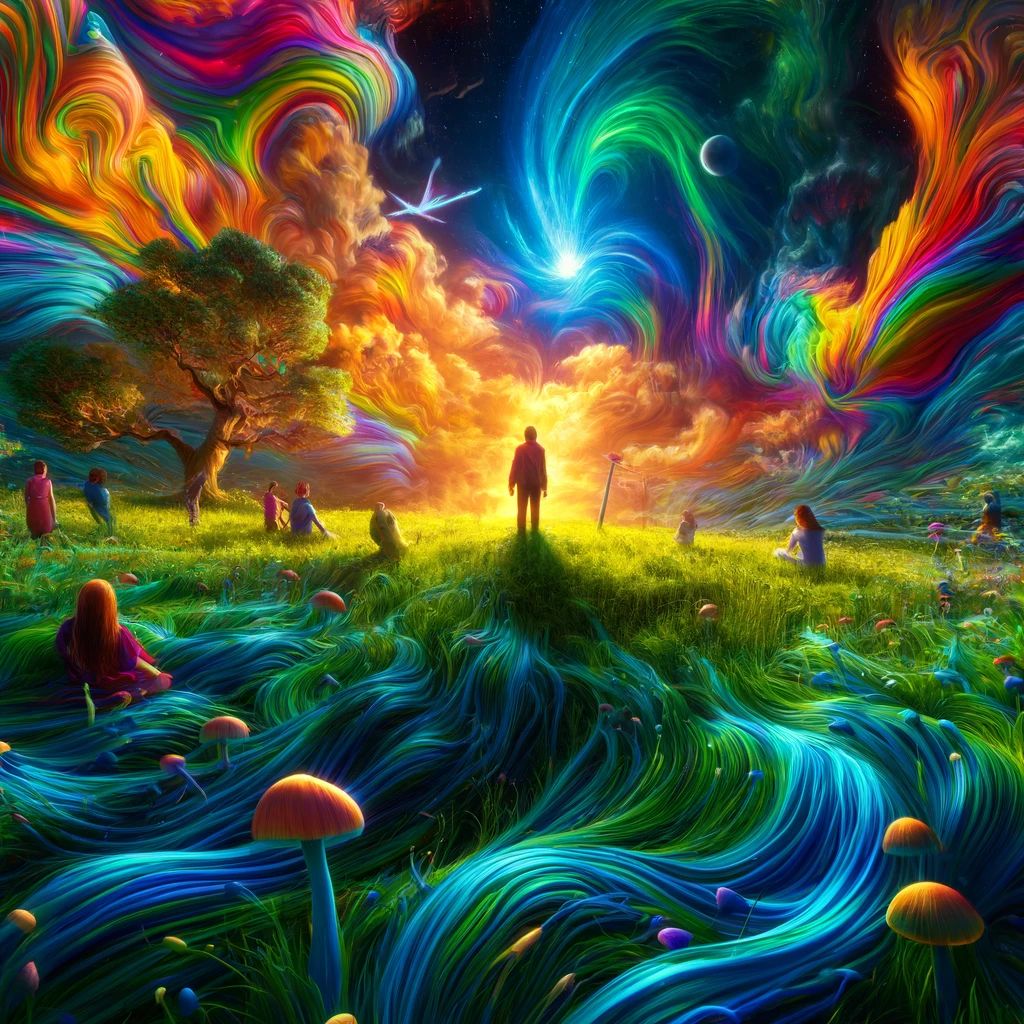
Psilocybin mushrooms, known for their hallucinogenic properties, evoke a wide range of emotional and perceptual experiences. Our survey identified the following primary emotions and color associations experienced under their influence.
Primary emotions:
- Relaxation: 76%
- Euphoria: 73%
- Excitement: 73%
- Anxiety: 67%
- Time distortion: 64%
Primary colors associated:
- Purple
- Green
- Brown
- Rainbow
- Blue
These substances cause hallucinations and alterations in perception, mood, and thought. While often considered lower-risk compared to other drugs, they can induce anxiety, paranoia, and confusion in some users.
Health experts advise using psilocybin mushrooms only in a safe, controlled environment, preferably with a sober guide, and starting with a low dose to assess individual reactions. Those with a history of mental health issues are cautioned against use. For individuals choosing sobriety, professionals recommend exploring natural ways to alter consciousness, such as through art, music, or meditation, emphasizing the importance of maintaining mental clarity.
A Data-Driven Exploration of Substance Effects
From the relaxation induced by alcohol to the euphoria of MDMA, each substance has a unique profile of effects and potential dangers. While AI-generated visualizations offer a novel way to understand these experiences, they also highlight the unpredictable and often risky nature of drug use.
Whether choosing to use substances or maintain sobriety, knowledge is power. By understanding the effects, emotions, and risks associated with different drugs, individuals can make more informed choices about their health and well-being.
Methodology
We surveyed 1,000 Americans to explore their perceptions and experiences with different substances. Based on the detailed descriptions provided by the respondents, we used DALL-E AI to create visual representations of these experiences. The average age of respondents was 38; 43% were male, 54% were female, and 3% were non-binary.
About Boca Recovery Center
At Boca Recovery Center, we combine advanced addiction treatment with the amenities needed to ensure a secure, comfortable, and lasting recovery. We address both substance use and co-occurring mental health disorders with our evidence-based therapies, guided by a highly experienced staff.
Fair Use Statement
We allow the redistribution of these findings solely for noncommercial purposes, provided you include a hyperlink back to this page.
